

A Comparative Analysis of Preferred Travel Destinations Among Americans, Chinese, and Koreans
Overview of Travel Preferences in America, China, and Korea
As the world emerges from the recession brought about by the pandemic, international travel is on the rebound across many nations. Notably, a surge of inbound travelers to Japan from the United States and South Korea is being observed, driven by favorable factors such as the depreciation of the yen. In stark contrast, there has been a decline in visitors from China, though a record total of 30 million tourists arrived from abroad between January and October 2024, marking the quickest surge to this milestone on record.
On June 23, 2025, Asmark Inc., a marketing research firm based in Shibuya, Tokyo, released its findings from a study conducted from March 24 to April 4, 2025. The research surveyed men and women aged 20 to 50 residing in the US, China, and South Korea about their overseas travel preferences. This analysis examines the characteristics and trends within each nation's data to reveal factors influencing their choice of travel destinations and their specific motivations for choosing Japan.
Key Findings of the Study
The research indicates some interesting trends across the three countries:
1. Popular Regions: While East Asia and Southeast Asia rank as popular travel regions, Americans also show a tendency towards Central and South Asia, indicating a broader appreciation for diverse landscapes.
2. Selection Criteria for Destinations: The predominate reason for destination choice among all three nations revolves around natural beauty and scenic landscapes, highlighting a common desire for calm and serene environments when planning vacations.
3. Motivations for Visiting Japan: Food and dining options emerge as the top reasons for visiting Japan, closely followed by an appreciation for nature and landscapes.
4. Sources of Travel Information: Search engines are the most utilized sources for information across America and Korea, whereas social media serves as the main platform for information in China. This discrepancy showcases differing engagement approaches in travel planning.
Detailed Survey Results
Travel Frequency in the Past Two Years
Participants were asked how many times they traveled internationally within the last two years. The average across all three countries was approximately 3.4 trips, with China leading at 4.2 trips, while South Korea showed the lowest number at 2.8 trips.
Travel Locations Visited
When asked about the regions they visited, approximately 60% indicated they traveled within Asia, followed by Europe and the Americas. The strong preference for nearby regions suggests geographical proximity significantly influences travel decisions.
Reasons for Choosing Recent Destinations
In terms of the most recent destination selections, natural scenery ranked highest as a reason across all three countries, followed by food and dining preferences. Interestingly, participant responses varied, with Chinese respondents naming more criteria compared to their American and Korean counterparts. This variation points to different cultural priorities and values regarding travel.
Visiting Japan: Reasons and Perceptions
Food was cited as the leading reason for travel to Japan, particularly prominent among South Koreans. For Americans, cultural elements such as traditions and arts also play a role in their travel motivations.
Information Gathering Methods
The study revealed that both Americans and Koreans rely significantly on search engines for travel information, while Chinese respondents prefer using social media platforms and a variety of channels including video sites and travel magazines for their research, illustrating a diverse landscape of information consumption.
Conclusion
This research not only helps identify regional tendencies in travelers from the US, China, and Korea but also provides insights that can aid in shaping future overseas travel strategies. Understanding these trends is vital for businesses and tourism operators aiming to attract visitors. The contrast in the choice of information mediums and motivations underscores the need for tailored marketing strategies that resonate with each audience. Regional characteristics, cultural distinctions, and personal preferences all play a pivotal role in shaping the travel landscape.
For further insights, the detailed datasets for each country are available for download, offering a comprehensive view of the findings.
[Download the American Data Here]
[Download the Korean Data Here]
[Download the Chinese Data Here]


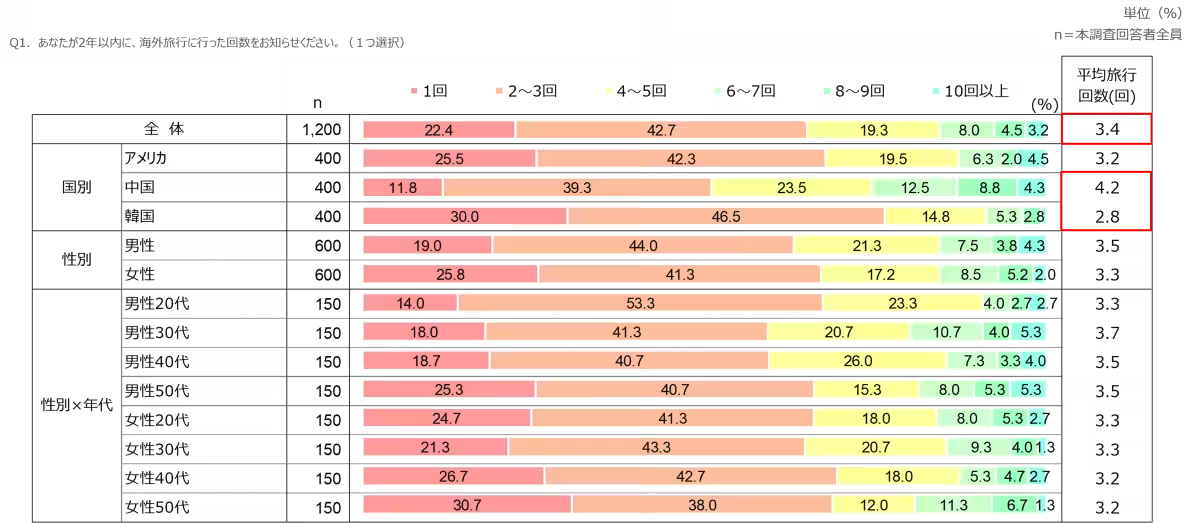
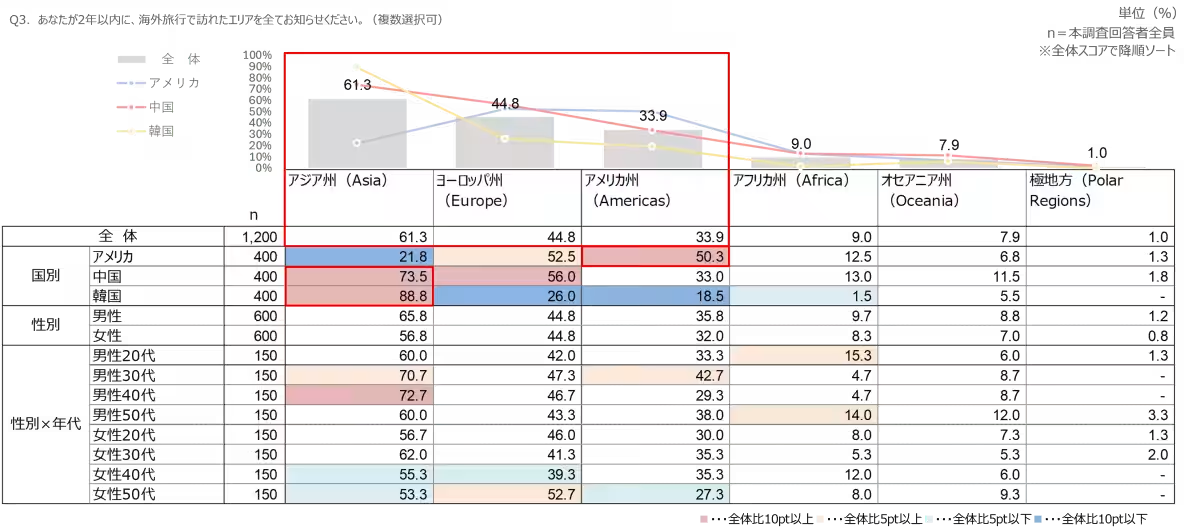
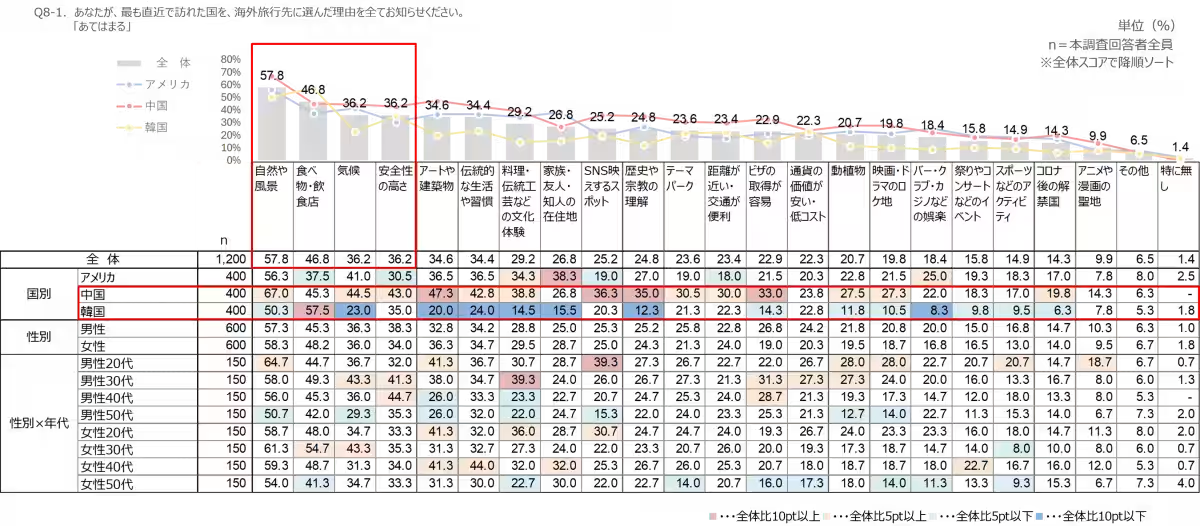
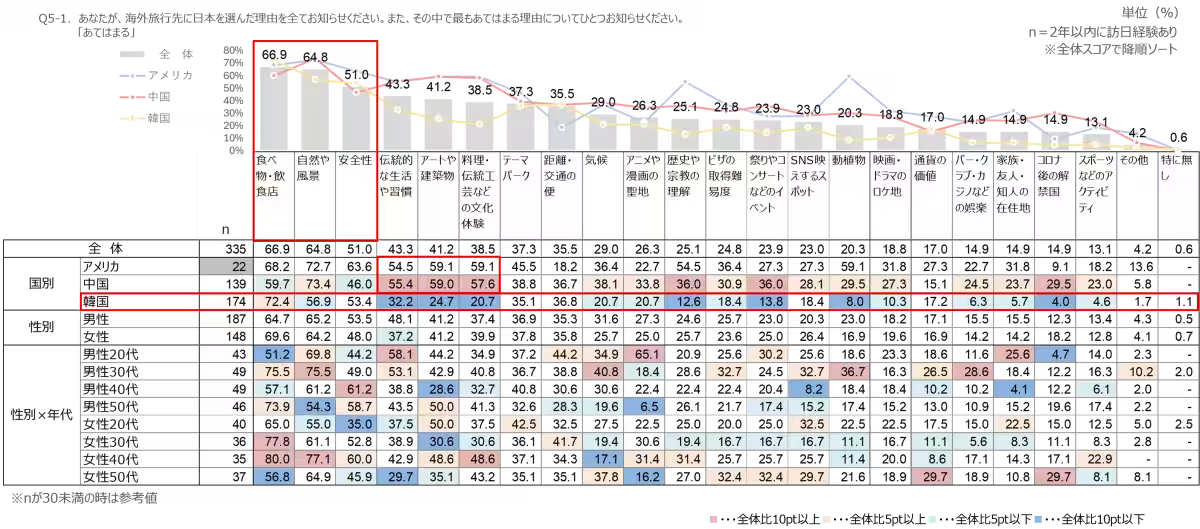
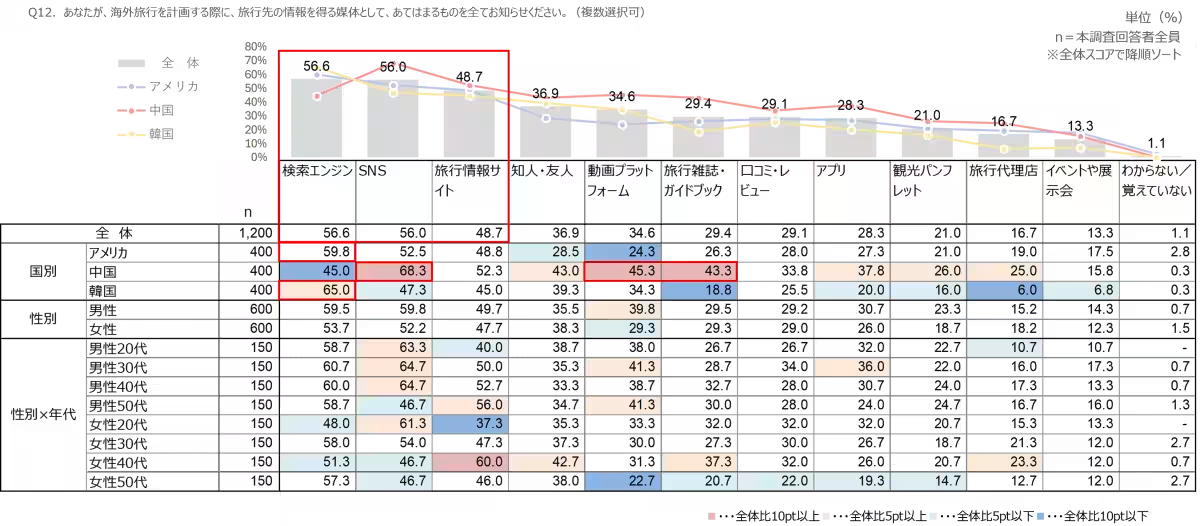
Topics Travel)










【About Using Articles】
You can freely use the title and article content by linking to the page where the article is posted.
※ Images cannot be used.
【About Links】
Links are free to use.